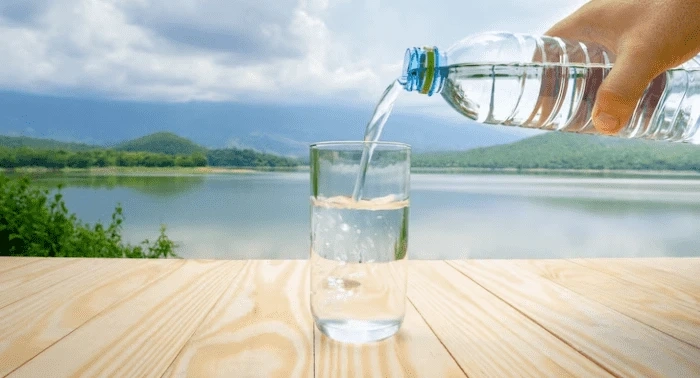There has been unprecedented growth in the bottled water market over the last 15 years, showing no signs of stopping. Even in areas with carefully regulated tap water systems, the bottled water market is the fastest-growing segment. This includes "purified spring water," flavored water, and water fortified with vitamins, minerals, or electrolytes. This has hit people with low incomes and the planet particularly hard.
The water supply is the first point of environmental damage. Most of the world\'s big bottle water comes from aquifers and springs, underground water reservoirs feeding rivers and lakes. Drought conditions might get worse if these stores are used.
Yet capturing glacial meltwater for human use isn\'t any better since it takes water away from ecosystem services like recharging wetlands and maintaining biodiversity in the Alps, Andes, Arctic, Cascades, Himalayas, Patagonia, and the Rockies. Despite this, major bottlers and other investors are still actively pursuing deals to purchase rights to glacier water. The ecosystems in Tibet are threatened by China\'s burgeoning mineral-water industry, which draws water from melting Himalayan glaciers.
Nevertheless, most of today\'s bottled water is processed water, either municipal water or, more often, directly extracted groundwater purified using reverse osmosis or other methods. Unsurprisingly, bottlers have been at odds with local governments and civic organizations about their impact on water scarcity and pollution in many communities. One water bottling firm in drought-stricken California was barred from accessing natural springs due to objections and investigations.
To make matters worse, it takes a lot of energy and materials to purify, bottle, and transport the water. The average amount of water used in the bottling process is 1.6 liters, making the business a significant contributor to water consumption and effluent. The carbon impact increases considerably after processing and shipment.
Once the water reaches the user, the issues persist. Single-use polyethylene terephthalate (PET) bottles, whose basic ingredients are sourced from crude oil and natural gas, constitute the backbone of the business. In the 1990s, PET made water a lightweight and portable convenience product.
Nevertheless, PET does not biodegrade; while it is recyclable, it seldom does so. Hence, bottled water has become the largest contributor to plastic trash, with billions of bottles being thrown away annually. In the United States, where bottled water sales rose by 7% in 2014 compared to the previous year, 80 percent of all plastic water bottles end up as trash, contributing to the overflow of landfills.
Others may counter that bottled water\'s health and safety advantages outweigh the negative effects on the environment. Yet, such advantages are mostly empty promises made by the manufacturer. Bottled water has the same quality issues that affect Western tap water. Sometimes the industry\'s manufacturing process results in contamination, necessitating extensive recalls.
Bottled water is often just as good for you as tap water. While fluoride is found in most groundwater or is added in trace levels to municipal water systems, it may be removed during bottled water processing.
Health issues have been raised about the possibility of chemical substances seeping from PET bottles and the big reusable polycarbonate containers that bottlers use to transport water to homes and businesses. Exposure to substances that imitate the role of the body\'s natural hormones may affect endocrine function. So, suboptimal storage conditions, such as, for example, extended exposure to sunshine and heat, can generate significant estrogenic activity in bottled water.
These repercussions are, without a doubt, not being ignored. Certain American colleges and at least 18 national parks have banned the sale of bottled water due to environmental concerns.
The bottled water business is aware of the threat and is taking all necessary measures to maintain public support. Therefore, major water bottlers like Nestlé, PepsiCo, and The Coca-Cola Company follow in the footsteps of oil majors like ExxonMobil, BP, and Shell by embracing environmentally friendly practices.
Yet there can be no doubt that bottled water adds to global resource and environmental problems. It\'s making providing clean water to the world\'s impoverished more challenging. There are no advantages to drinking it instead of plain tap water. Moreover, there is no improvement in flavor, as shown by the fact that blind-tasting tests have consistently failed to distinguish between bottled and tap water.
Tap water needs to improve its public perception. However, it has had an additional advertising spending and marketing push than the bottled water sector, which has seen explosive development in recent years. It\'s unfortunate for shoppers when a product that\'s both affordable and high-quality fails to win over. Water as a product is a loss for everyone involved.



